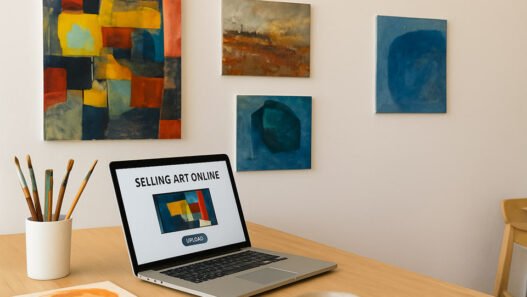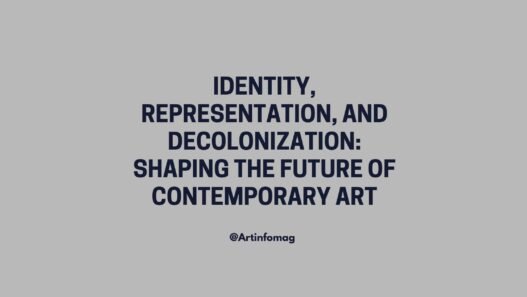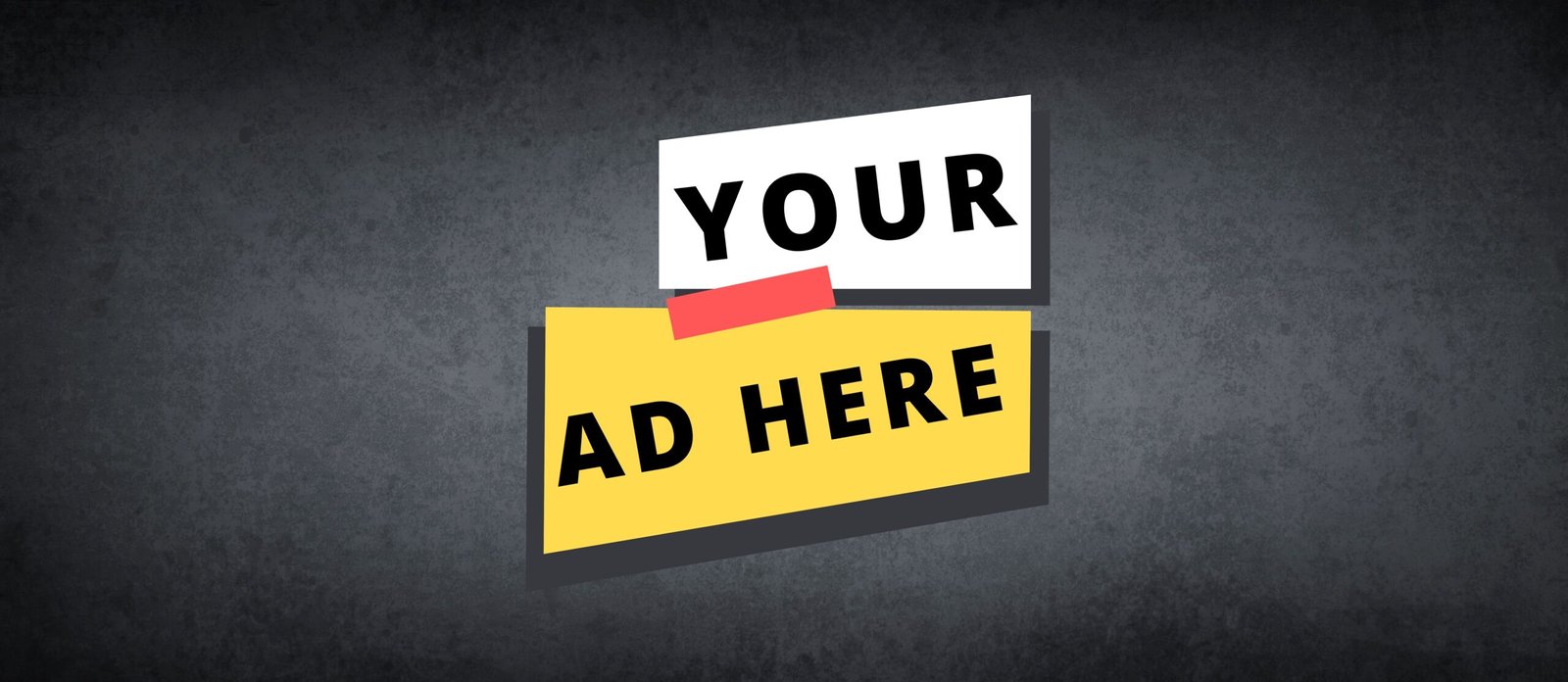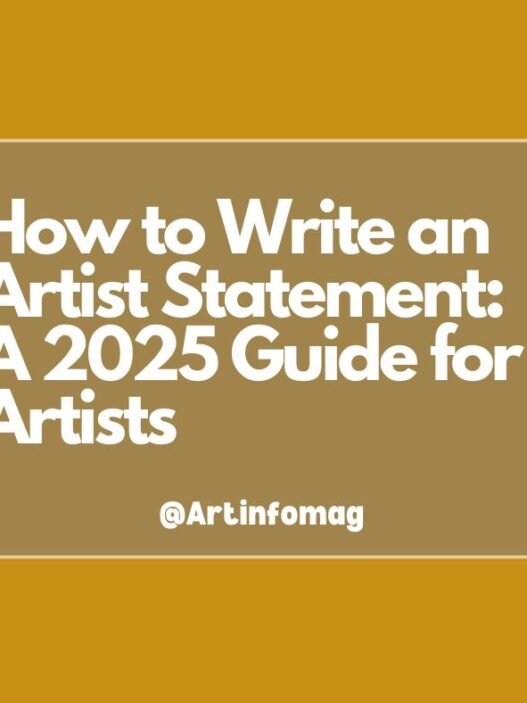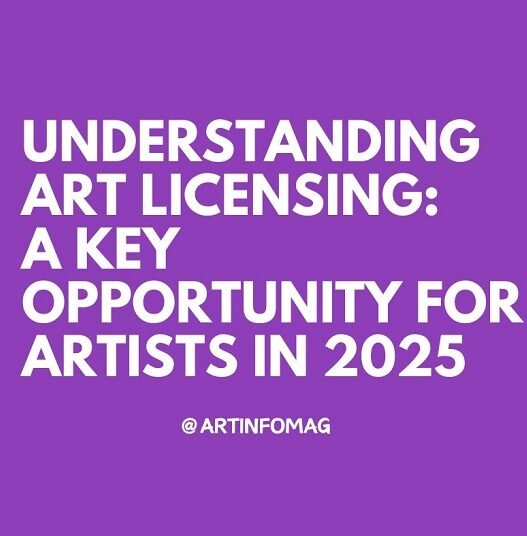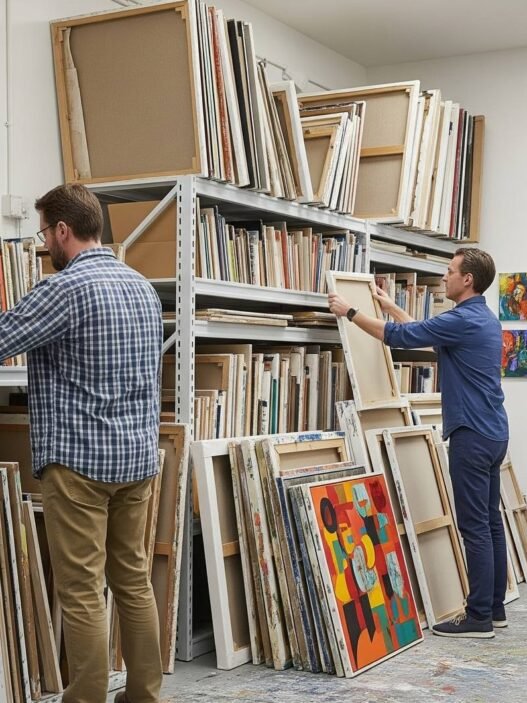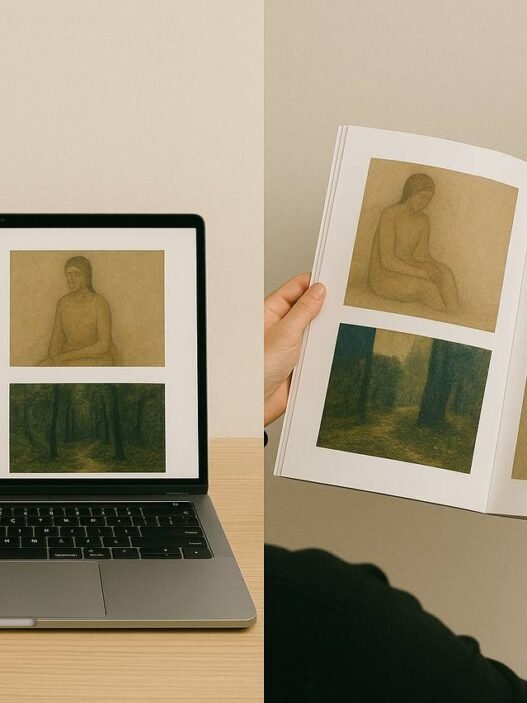In today’s digital age, a professional artist website is a cornerstone for any artist looking to establish a presence, connect with audiences, and advance their career. For artists—whether emerging or established—a well-designed website serves as a virtual portfolio, a business card, and a platform for storytelling. Artinfoland Magazine explores the key components of a professional artist website, how it should be structured, and why it’s indispensable in 2025.
Why Artists Need a Professional Website
A website is more than just a digital space—it’s a powerful tool that can elevate an artist’s career in several ways:
- Global Reach: Unlike social media platforms, which are subject to algorithm changes, a website offers a stable, owned space where artists can showcase their work to a global audience without restrictions.
- Professional Credibility: Galleries, curators, collectors, and residency programs often research artists online. A polished website signals professionalism and seriousness, setting you apart from those relying solely on social media.
- Control Over Your Narrative: A website allows you to tell your story, present your work in context, and highlight your unique style—something that’s harder to achieve on third-party platforms.
- Opportunities for Growth: From selling artwork directly to securing commissions or residencies, a website opens doors to opportunities by making you discoverable and accessible.
In 2025, with the art world increasingly digitized, a professional website is no longer optional—it’s a necessity for artists aiming to thrive in a competitive landscape.
Essential Components of a Professional Artist Website
A well-structured artist website should be visually appealing, easy to navigate, and optimized for both user experience and search engines. Here are the key sections every artist website should include:
1. Homepage: A Strong First Impression
The homepage is your digital storefront—it should immediately capture attention and convey who you are as an artist.
- What to Include: A high-quality hero image of your best artwork, your name or logo, and a brief tagline summarizing your practice (e.g., “Exploring Identity Through Abstract Sculpture”). Include a clear call-to-action, like “View My Portfolio” or “Contact Me.”
- How It Should Be: Clean, visually striking, and uncluttered. Avoid overwhelming visitors with too much text or distracting elements. Ensure the design reflects your artistic style—whether minimalist, bold, or experimental.
- Professional Tip: Optimize for mobile devices, as many users in 2025 browse on their phones. Use fast-loading images to improve user experience and SEO.
2. Portfolio: Showcase Your Best Work
Your portfolio is the heart of your website, where you display your artwork to potential clients, collectors, and curators.
- What to Include: High-resolution images of your work, organized by series, medium, or theme. Each piece should have a title, date, medium, and dimensions, with an optional short description to provide context.
- How It Should Be: Use a gallery-style layout with thumbnails that expand into larger views. Ensure images are optimized for fast loading without sacrificing quality. Categorize your work for easy navigation (e.g., “Paintings,” “Sculptures,” “Digital Art”).
- Professional Tip: Curate your portfolio carefully—only showcase your strongest pieces. Update it regularly to reflect your latest work, signaling to visitors that you’re active and evolving.
3. About Page: Tell Your Story
The About page is where you connect with your audience on a personal level, building trust and relatability.
- What to Include: A professional headshot, a concise bio detailing your background, artistic journey, and influences, and your artist statement explaining your practice and themes. Mention awards, exhibitions, or residencies to establish credibility.
- How It Should Be: Warm and authentic, written in the first person to create a personal connection. Keep it concise but engaging, balancing professionalism with personality.
- Professional Tip: Include keywords related to your practice (e.g., “abstract painter in London”) to improve SEO. For example, if you’ve participated in the Delfina Foundation residency, mention it to attract relevant searches.
4. Contact Page: Make It Easy to Reach You
A Contact page ensures that galleries, collectors, or collaborators can connect with you effortlessly.
- What to Include: A simple contact form (name, email, message), your email address, and links to your professional social media accounts (e.g., Instagram, LinkedIn). Optionally, include your studio address if you welcome visitors.
- How It Should Be: Straightforward and functional, with a professional tone. Avoid clutter—don’t overload the page with unnecessary information.
- Professional Tip: Add a CAPTCHA to your contact form to prevent spam, and ensure your email address is professional (e.g., studio@yourname.com, not a generic Gmail).
5. Shop or Services: Monetize Your Work
If you sell artwork, prints, or offer services like commissions or workshops, a Shop or Services page is essential.
- What to Include: A catalog of available works with prices, dimensions, and a “Buy Now” button. For services, list what you offer (e.g., “Custom Portraits”) with pricing and a booking process.
- How It Should Be: Use an e-commerce platform like Shopify or WooCommerce for seamless transactions. Include high-quality images and clear descriptions of each item or service.
- Professional Tip: Offer secure payment options and display trust signals like customer reviews or a money-back guarantee to encourage purchases.
6. Blog or News Section: Share Updates and Insights
A Blog or News section keeps your website dynamic and helps with SEO by providing fresh content.
- What to Include: Updates on exhibitions, residencies, or new projects (e.g., “My Experience at Gasworks Residency 2025”). You can also share artist tips, like “How to Prepare for an International Residency.”
- How It Should Be: Regularly updated with engaging, keyword-rich content. Use categories or tags (e.g., “Exhibitions,” “Artist Tips”) for easy navigation.
- Professional Tip: Optimize blog posts for SEO by targeting long-tail keywords like “tips for international art residencies 2025.” Include internal links to your portfolio or About page to keep visitors engaged.
7. Press and Exhibitions: Build Credibility
A dedicated section for press mentions, exhibitions, and achievements enhances your professional image.
- What to Include: A list of past and upcoming exhibitions, residencies, or awards (e.g., “Resident at Wysing Arts Centre, 2025”). Include press clippings or links to articles featuring your work.
- How It Should Be: Organized chronologically, with brief descriptions and links to external sources if applicable.
- Professional Tip: Add logos of reputable institutions or publications (e.g., Artinfoland Magazine) to visually boost credibility.
How the Website Should Be Designed
- Visual Consistency: The design should reflect your artistic identity—use a color palette, fonts, and layout that align with your work. For example, a minimalist artist might choose a clean, white background, while a vibrant painter might use bold colors.
- Navigation: Keep the menu simple and intuitive (e.g., Home, Portfolio, About, Contact, Shop, Blog). Use a sticky navigation bar so visitors can easily access sections.
- SEO Optimization: Use descriptive meta titles and descriptions for each page (e.g., “Jane Doe | Abstract Painter in London”). Optimize images with alt text (e.g., “Abstract painting by Jane Doe, 2025”).
- Speed and Accessibility: Ensure fast load times by compressing images and using a reliable host. Make the site accessible with alt text for images and readable fonts for all users.
- Professional Domain: Use a custom domain like www.yourname.com (not a free subdomain like yourname.wordpress.com) to enhance credibility.
Why It’s Important to Have a Professional Artist Website
In 2025, the art world relies heavily on digital platforms for discovery and networking. A professional website:
- Increases Discoverability: Galleries and collectors often search for artists online. A website optimized for SEO ensures you’re found when someone searches for “abstract artists in the UK.”
- Showcases Your Brand: It’s a space to present your work cohesively, unlike the fragmented nature of social media. You control the narrative and presentation, ensuring consistency.
- Drives Opportunities: Many residencies, like those at Cove Park or Gasworks, require a website link in applications. A professional site can make your application stand out.
- Supports Sales and Growth: A website enables direct sales, commissions, and inquiries, helping you build a sustainable career without relying on intermediaries.
Final Thoughts
A professional artist website is an investment in your career, offering a platform to showcase your work, tell your story, and connect with opportunities worldwide. By including essential components like a portfolio, About page, and contact form, and ensuring the design is user-friendly and SEO-optimized, you’ll create a digital presence that reflects your professionalism and creativity. In 2025, don’t let your art go unnoticed—build a website that opens doors to the global art community.
Stay tuned to Artinfoland Magazine for more resources and opportunities for artists!





